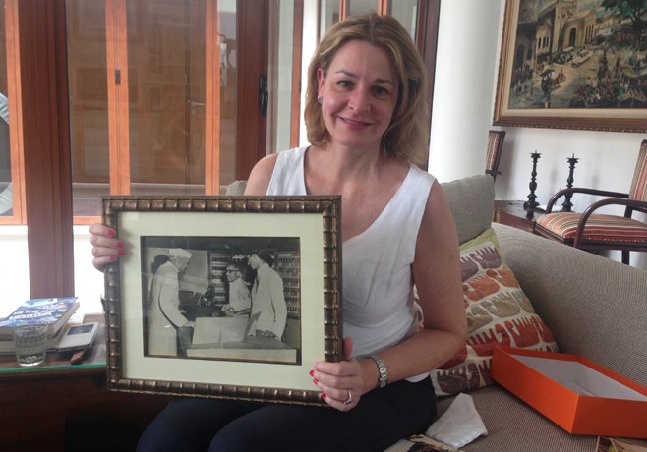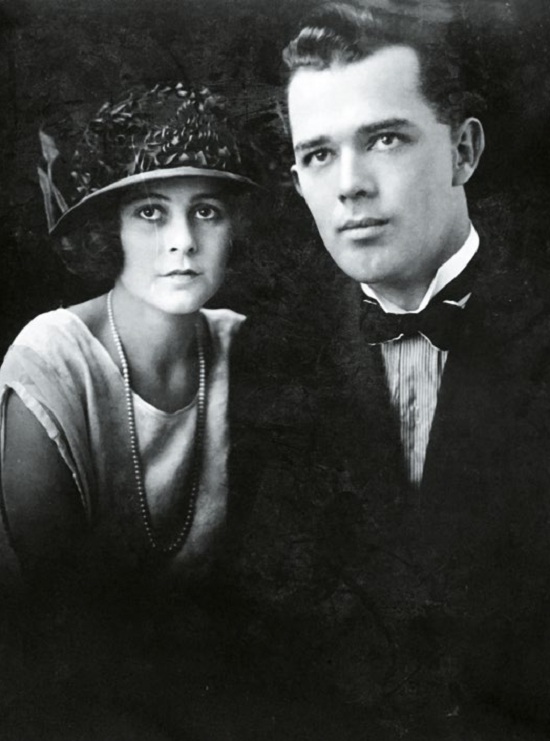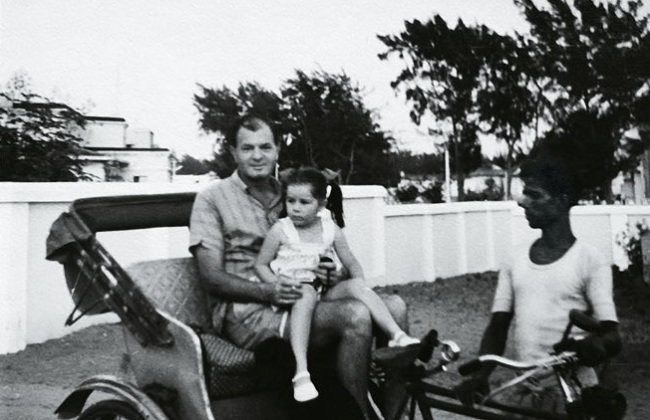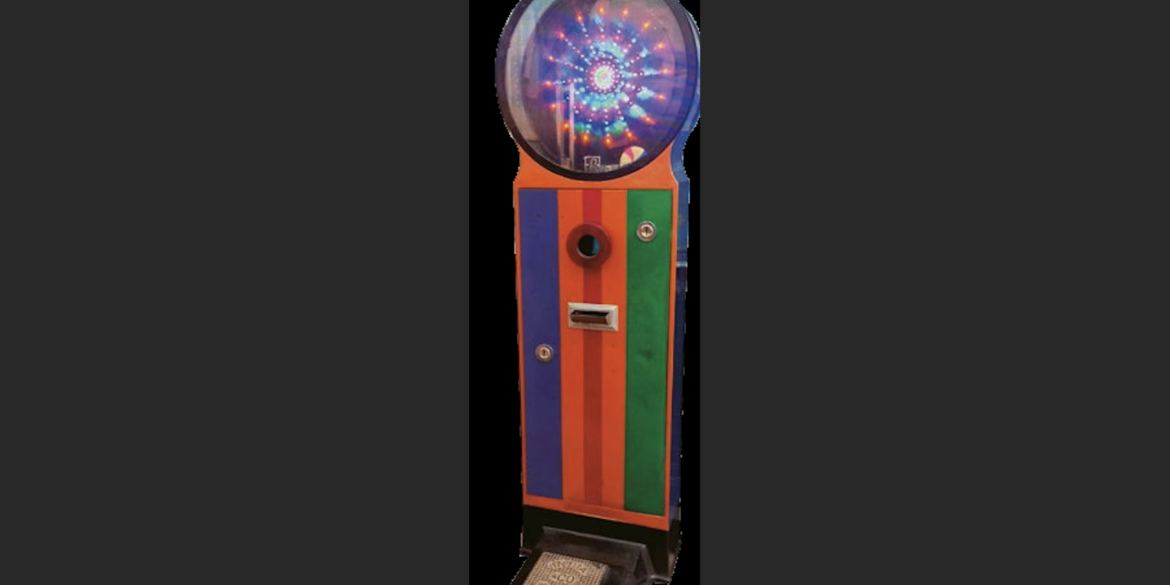Nostalgia transforms ordinary objects into talismans. The constituents of the material life of one’s childhood can, just by the feel of their names rolling in the mouth, evoke pathos: a longing for the past, its innocent excitements and vast promise.
I grew up in the pre-liberalisation Delhi of the 1980s. Childhood in those days meant Ambassador cars with seats so high that little legs couldn’t touch the floor. It recalls a white heat, relieved only by chilled banta, spicy lemonade in glass bottles, stoppered with a marble. There were Harrison talas with which to lock cupboards, 150-gram Nirma detergent tikiyas to wash clothes and Hawkins pressure cookers for the kitchen.
But for me the greatest thrill was receiving a one rupee (or was it 50 paise?) coin from my parents to slot into one of the ubiquitous weighing machines that dotted train stations.
There was also the railway-station weighing machine. This was a time when to travel meant taking a train (airplanes were objects of almost unbearable, and unattainable, luxury). But train stations with their red-coated coolies weaving through the throngs, piles of suitcases balanced on their turbans, the balletic steam of spicy chai wafting in the air, the aural assault of train announcements and people yelling to each other to be careful and eat well and not to forget to write, were an intrinsic part of the weft of life.
But for me the greatest thrill was receiving a one rupee (or was it 50 paise?) coin from my parents to slot into one of the ubiquitous weighing machines that dotted train stations. Once the coin was in, the multicoloured pinwheels located behind the glass casing along the semi-circular top of these machines began spinning like manic ballerinas accompanied by all manner of whirring and pinging. Rows of green, red and blue lights flashed. And then out came a rectangular ticket-sized piece of cardboard with not only one’s weight printed on it, but also a fortune. The railway weight ticket was the Indian version of the Chinese fortune cookie.

The fortunes were almost always optimistic, their language dignified. I often didn’t understand the words and only rarely understood the import. But at a time when I owned very few things, the fortune-weight tickets were mine. I hoarded these for years in the drawer of my desk.
“EAT well and thrive,” one said. A tad ironic given that this was a weighing machine.
“JOVIAL in disposition and cordial in manner, your passions are healthy, spontaneous and without inhibitions,” read another. The machine knew me well.
“SUDDEN travel and change of place may be imminent. Be prepared,” warned a third. Well, this was a railway station.
The whole process of acquiring a ticket from these machines evoked a pleasure that combined elements of the fun fair, divination and consumerism. It was heady.
The railway-station weighing machines of my childhood were thus in the process of quietly disappearing from my memory, until a chance meeting with an Australian neighbour in Indonesia’s capital, Jakarta.
The years rolled on. Fast-forward a few decades and I hop on planes almost as frequently as I change socks (snarky folks, I mean a lot), but only rarely take trains. When I do, I pass the time like everybody else by staring at my iPhone, checking email and looking at cat videos on YouTube. I haven’t seen a one rupee coin in about 15 years. My Fitbit takes care of any weight-related queries I might have.
The railway-station weighing machines of my childhood were thus in the process of quietly disappearing from my memory, until a chance meeting with an Australian neighbour in Indonesia’s capital, Jakarta. In the style of the weighing machine fortunes: TRUTH is stranger than fiction.
I’d been living in a leafy, residential neighbourhood of south Jakarta for about three years when I received a note, slipped under the door, inviting me to a housewarming party at new neighbours’. I duly rang the bell of the immaculate bungalow that stood diagonally opposite our more humble home that evening and was let in by Raj, an Indian Malaysian whom I learnt had lived in Jakarta for close to a decade. His wife was a statuesque Australian, Michelle Somerville, who tended to haunt the pages of magazines like Indonesia Tatler.

I noticed an unusual preponderance of Indians at the party, which I ascribed to Raj’s ethnicity. And it was only after we gradually became friends that I realised the one with the deeper connection to India was in fact the very blonde Michelle. My Australian neighbour had grown up in Calcutta, the city that was home to her family’s manufacturing company, Eastern Scales Pvt Ltd—makers of my beloved railway-platform weighing machines.
The company was established in 1939 by JH Somerville, Michelle’s paternal grandfather, an Australian of Scottish descent, who immigrated to India drawn by the lure of economic opportunity in the aftermath of the Great Depression. He’d been stationed in India during World War I, which was when he first became attracted to the idea of seeking his fortune in what was then a British colony.
But it took a few decades for the signature weighing machines of my childhood to make their debut. Initially Somerville simply imported huge, wrought-iron weighing scales from West Germany. These were drab and lacking the carnivalesque accoutrement of later models. But, after Indian prime minister Indira Gandhi restricted the trading activities of Indian companies in the 1970s, Eastern Scales was forced to adapt by manufacturing its own scales.
Somerville started out life in Calcutta importing miscellaneous goods, amongst them ticketing and slot machines, delicatessen scales and railway weighbridges. At one point machines owned and operated by Somerville printed virtually all the tickets to India’s major tourist attractions, including the Taj Mahal and Victoria Memorial, as well as bus tickets around the country.
But it took a few decades for the signature weighing machines of my childhood to make their debut. Initially Somerville simply imported huge, wrought-iron weighing scales from West Germany. These were drab and lacking the carnivalesque accoutrement of later models. But, after Indian prime minister Indira Gandhi restricted the trading activities of Indian companies in the 1970s, Eastern Scales was forced to adapt by manufacturing its own scales. With an infusion of the tickets, coin slots, flashing lights and weight displays that had characterised the company’s early imports, the railway-platform weighing machines I remembered were born.
*
Michelle had almost no memory of her grandfather, who had died soon after she was born. But we spent a few hours looking through old family pictures at her home one morning, over generous slices of plum cake and a decadent glass of champagne. There was a whiff of colonial grandeur in my neighbour’s lifestyle, which sense only intensified as I flipped through the pictures.
I was particularly captivated by a shot of Grandpa Somerville and his wife, Grandma Dunhill (a relative of the eponymous cigarette dynasty), probably aged about 30. They are a dashing couple. She is wearing pearls and a flapper dress, her large, kohl-rimmed eyes gazing into the distance. Somerville is decked out in bow tie and pinstriped shirt, his hair groomed to perfection. “He loved machines. He understood them,” said Michelle of her grandfather. In the photographs he looks more like an aristocratic fashion model than the adventuring tinkerer he must have been. Somerville went on to have three boys: Jack, who was the eldest, Bill and Jim. It was Michelle’s father, Jack, who eventually took over the reins of Eastern Scales from 1980, until his passing in 2004.

While researching this story I found a blog on a shipping website in which a British sailor posted his memories of meeting with a “tall laconic Australian,” Jack Somerville, in Calcutta in the 1970s. “Jack was quite high-up in the social pecking-order of Calcutta and introduced me to people who wouldn’t, normally, even glance at me! One guy, who was a great friend of Jack’s, was a very wealthy Indian called ‘Daddy’ Mazda and I remember going to a party in his flat and was absolutely floored by the sheer luxury and opulence of the place. It had massive tiger-skins on the floors in the main sitting-room, which was absolutely huge, and the whole place just reeked of wealth and there was me!….Jack was rather partial to Scotch whisky and would come aboard whichever ship I was on and sink copious amounts of it and then get wafted home, feeling no pain, in his Ambassador by his driver.”
or example, as recently as 2001, the weighing machines made Rs 26 lakh in the city of Mumbai alone, but by 2012 this figure had fallen to Rs 1.7 lakh. There are multiple reasons for this fall.
There was very little “India” in the pictures Michelle showed me. The backgrounds were mostly parties in stylish living rooms that could have been anywhere in the world. The exception was one framed black-and-white portrait of Prime Minister Nehru visiting the shop floor of Eastern Scales.
Michelle lived in Calcutta until she was seven years old, after which she studied in Hong Kong and Australia. Her memories of her time in India are hazy. She talked about her parents playing bridge at the Tollygunge Club. And being forced to take horse-riding lessons even though horses terrified her. Her afternoons were spent with her ayah whose job it was to bathe and feed her. It was only after little Michelle was made “presentable” that she was taken to see her mother in the evenings.

Michelle’s mother, Roberta Somerville, is now 82 years old and until a few months ago lived in Calcutta in the family bungalow. But Eastern Scales itself has fallen into near-bankruptcy. It’s been a somewhat precipitous decline.
One critical blow to the weighing machines was a new commercial circular regarding the scales that was issued by the Ministry of Railways in 2010. Under these the share of revenue received by the railways was increased from 35 to 60 per cent and every railway division had to issue a tender for new weighing machine contracts.
For example, as recently as 2001, the weighing machines made Rs 26 lakh in the city of Mumbai alone, but by 2012 this figure had fallen to Rs 1.7 lakh. There are multiple reasons for this fall. The regularity and frequency of trains have improved in many cities, reducing downtime on platforms. More and more commuters now own scales at home. And the entertainment value of weighing machines is not much of a match for smartphones and iPads.
One critical blow to the weighing machines was a new commercial circular regarding the scales that was issued by the Ministry of Railways in 2010. Under these the share of revenue received by the railways was increased from 35 to 60 per cent and every railway division had to issue a tender for new weighing machine contracts. Almost no one bothered to do so and Eastern Scales ended up with only two contracts. The company is also mired in damaging litigation that has followed from a family dispute.
Michelle told me that she couldn’t imagine returning to India to try and revive the business. She finds India “stimulating to an extreme” and too much of a cultural shock. She was sad, nonetheless, that Eastern Scales’ days are probably numbered. “It’s like closing the door on an era,” she said with a wistful shrug.
A few days later she WhatsApped me pictures of some of the fortunes that her grandfather had composed himself. I found myself tearing up.
I felt an ache, I suppose, that just as meeting Michelle had jogged my memory about those magical moments on railway platforms when I was little and the future vast, I simultaneously became aware of their imminent demise. There is pain in the impermanence of objects for it only points to our own ephemerality.
“YOU will emerge triumphant from your most serious reverses. A happy and comfortable old age.”
“IF you are a woman you have a rare unapproachable delicacy, poise and a charming manner.”
I felt an ache, I suppose, that just as meeting Michelle had jogged my memory about those magical moments on railway platforms when I was little and the future vast, I simultaneously became aware of their imminent demise. There is pain in the impermanence of objects for it only points to our own ephemerality. Eventually, it was one of Michelle’s grandfather’s fortunes that made me laugh: “YOU have a great reverence for the past but an exaggerated idea of its virtues.”
***
This article was first published in the Indian Quarterly. It has been produced here with permission.

